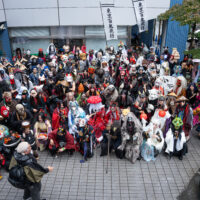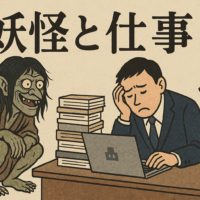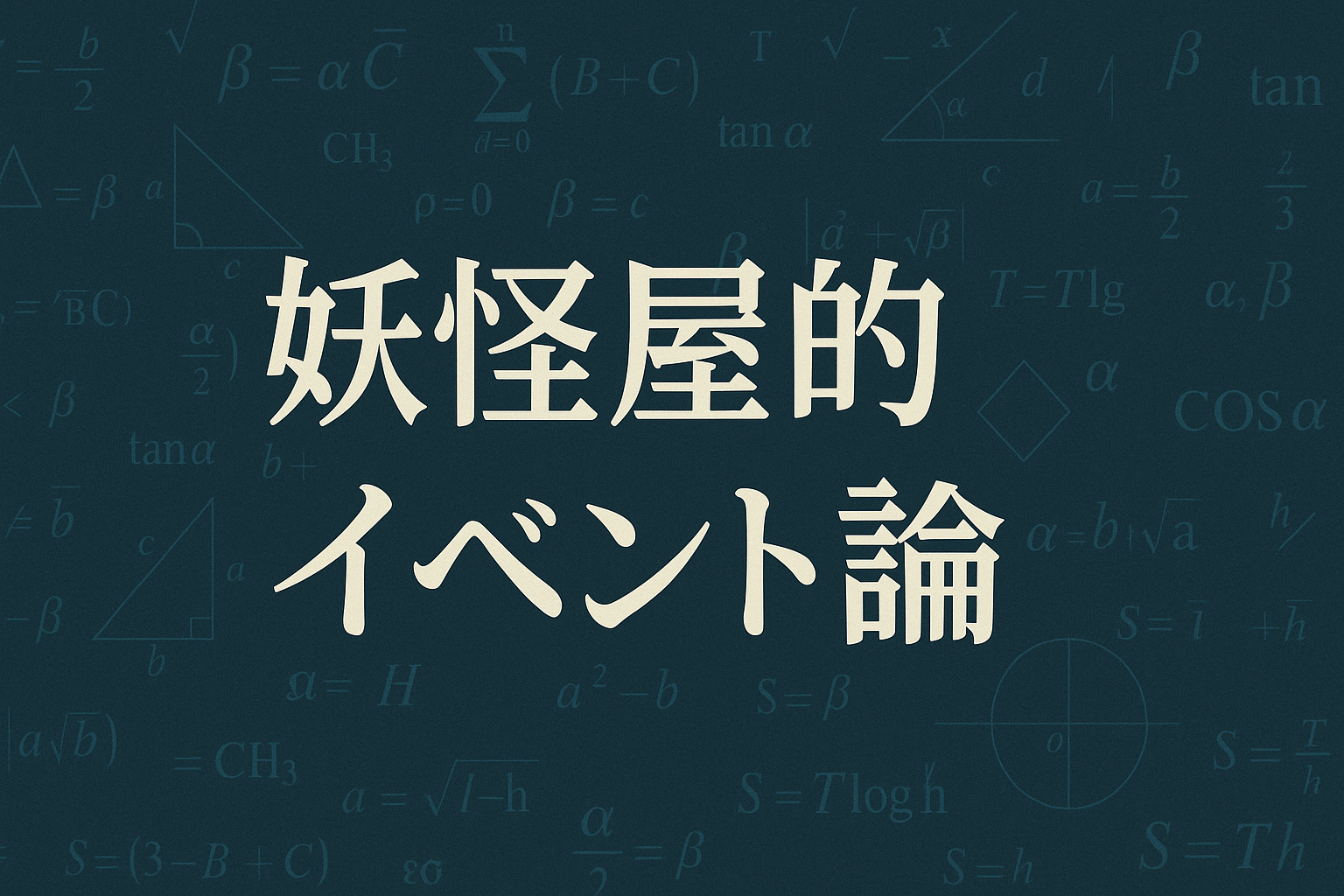
Living with nature. The history of flood control and water monsters. (Part 1)
It has been more than a week since the Kinugawa River flooded. The scars are still painfully visible, reminding us of the Great East Japan Earthquake. Now, like earthquakes, these floods have occurred frequently since ancient times, and people have lived in harmony with nature, sometimes fighting against it, in order to survive. Let's take a look at some of that history now.
- From ancient times to the Middle Ages
This is a story from the Yayoi period. We were an agricultural people, so flooding was a matter of life and death. It was directly connected to our lives. It seems that places chosen for rice cultivation were wetlands in the lower reaches of rivers and sandbars on the coast, but even in the Kamakura period, no large-scale flood control was carried out. Every time there was a flood, they suffered fatal damage, and it is said that the lives of farmers were never fulfilled. - From the Sengoku period to the early Edo period
During the Sengoku period, local warlords gained great power. They also led civil engineering projects. This was because flood control and increasing the national power of the territories they ruled were essential to surviving the Sengoku period. One famous example is the "Shingen Embankment", Fuefuki River's "Manriki Forest"Is that right?
 ShingenEmbankment
ShingenEmbankment
 Manriki Forest
Manriki Forest - From the late Edo period to World War II
In the late Edo period,Kishu Style" became popular. This method was invented by Izawa Yasobei, and involves building strong levees to prevent flooding. Previously, the river was made to meander to slow down its flow, but by making the levees strong and straightening the river, the water is allowed to flow away all at once. The big difference from previous methods is that "Let's coexist with floods" From the idea that "Let's eliminate the floodAs modern Western science and technology penetrated Japan, the Western view of nature, that it might be possible to conquer nature through the power of science and technology, became established. - After World War II
"Let's control natureJapan's view of nature has changed to one of "natural beauty." After the war, the country entered a period of large-scale dam construction boom. In addition to huge dams for flood control, many irrigation dams for power generation were built, eroding mountains and destroying nature. Some villages were even completely submerged.
 Kurobe Dam
Kurobe Dam
In times when we coexisted with nature, people did not try to prevent floods, but assumed that floods would occur and devised ways to minimize the damage. People were also highly conscious of nature, and respected and feared it. After the war, people's views of nature changed, and rivers were made straight and the force of the water increased, so people were much less conscious of nature under normal circumstances. However, when the limits of control were exceeded, as in the recent flood, nature, which had been suppressed, unleashed its ferocity as if to retaliate against people. Mountains were eroded, levees were destroyed, and entire houses were swept away.
Now, let's get back to the usual topic and talk about yokai. From around the late Edo period (2), yokai began to be consumed as entertainment, while technological advances in Japan have led to a shift in thinking to control nature (river flooding). Yokai, the incarnations of nature, are gradually driven out of their homes. Some legends (yokai) have sunk to the bottom with the construction of huge dams, and there are many yokai phenomena that no longer occur due to flood control. These legends and yokai may contain the view of nature of people at the time when they lived in harmony with nature. In the next article, we will introduce some yokai related to floods and flood control.







No comments yet.